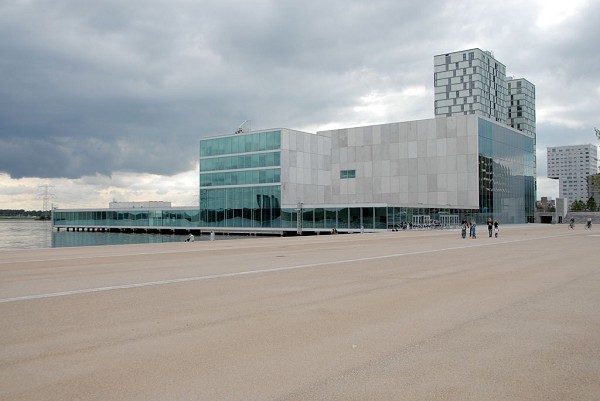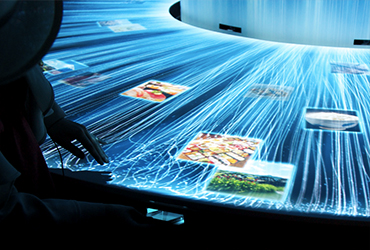Louise de Blécourt louise@blecourtdesignmanagement.nl +31 620 199 639
Area Identity
Area development is designed to solve socio-cultural and economic problems. Take for example the redevelopment of the German Ruhr district, which was successfully transformed from a coal mining area into the Zollverein Coal Mine Industrial Complex (now a UNESCO heritage site), or a new development, like the city centre of Almere and the Tweede Maasvlakte in the Port of Rotterdam.
Due to multiple parties being involved in such a development, there is a need for a common bond of belonging: an identity. A municipality can derive value from area identity when the constructed identity connects to and reinforces the identity of the municipality itself.
The basic steps for the first phase of area development are:
1. A shared vision of the stakeholders and parties involved;
2. Positioning with a distinct focus;
3. A common search for identity;
4. Developing a visual brand concept.
The development of a visual brand concept is the basic premise that allows for conscious choices during the area development process. For example, developing combinations between product and market and setting up a communications strategy.
The key to success is a common approach to this process and for parties to actually engage with one another.
Step 1: A shared vision of the stake-holders and parties involved
Together with the business case, a shared vision offers a clear framework and will attract pioneers. The ambitions and goals provide insight into possible options and their consequences and interdependency, which allows for informed decisions in the remaining process.
Step 2: Positioning with a distinct focus
By making decisions based on the opportunities and possibilities the area provides in contrast to other competing areas, a distinctive capability can be obtained, which can then be aligned to the ambitions of the shared vision by the stakeholders and parties involved.
Step 3: A common search for identity
Each area has its own unique characteristics, which are partly based on its history. Which audiences are targeted and which brand values will be chosen eventually?
Step 4: Developing a visual brand concept
The results from the first three phases will be combined into a briefing for developing the visual brand concept. Subsequently, a design agency will be selected with which, based on the briefing agreements, arrangements will be made. This will allow the start of the visual development of the brand concept. The visual brand concept represents the speck on the horizon and can be adjusted during the development process and to the phase the development of the area is in.
Another key to success is a minimized difference between the identity of the area and the perception of this identity.


Almere city center


Zollverein Coal Mine Industrial Complex (now a UNESCO heritage site). Museum designed by Rem Koolhaas (entrance at right picture)


Constructione Maasvlakte 2 (new land).



